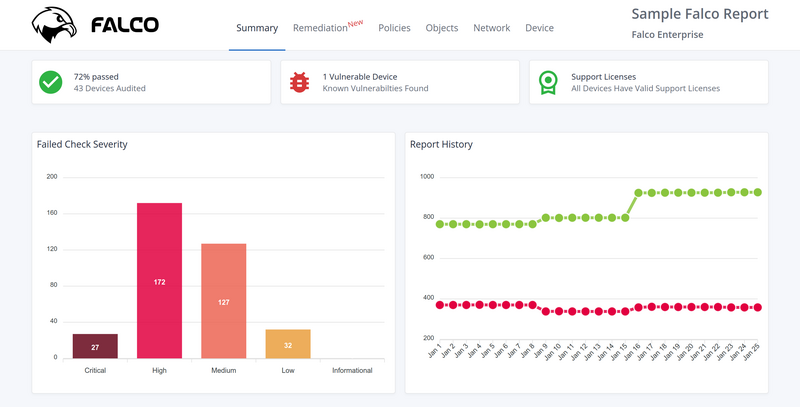The First Step to Network Security
By Jon Robinson | Published June 10, 2022 | Updated January 26, 2024In our years of experience providing high quality perimeter protection and web security services, we at Digital Scepter have given businesses of all sizes the insight and expertise they require to navigate the complex – and often dangerous – arena of network security. Whether you hope to combat the threats of malicious attacks or employee misuse, and whether you use firewall hardware to mitigate incoming traffic or control access to applications and services, keeping your network secure is possibly the single most important task for any network administrator. It can be difficult for organizations to know where to begin when it comes to improving their network security.
How do you choose the right kind of perimeter protection solution for your unique business needs? Where should you focus your budget and attention to improve security dramatically, at a cost that makes sense for you? Learning which technology and policies you need to implement on your network is a process that begins with accurately assessing your existing network infrastructure.
At Digital Scepter, we encourage every organization to have a detailed breakdown of their network. Across hardware and software, creating an asset list is the first step in better understanding the security needs of your network, what you are doing to meet these demands, and how you can improve your network to keep your mission-critical or confidential data safe.
Understand your network by creating an asset list
Ask any network administrator, and they will readily admit that modern corporate networks can be incredibly difficult to monitor. More and more hardware devices are being added to networks, and these devices are performing a number of different network functions, sometimes across wide and diverse geographical areas.
In the case of devices operated by your end-users, such as employees, software technology advances are growing rapidly, which can make the devices hard to monitor accurately. In addition, with the advent of cutting-edge technologies such as effective cloud storage, the location of your most important data is becoming increasingly distributed over multiple locations.
Creating an asset list is a task that essentially can be divided into three parts – hardware, software, and data.
Hardware
Look at your network topography and list every single hardware device you can find. This should include infrastructure devices such as routers, switches, and bridges, as well as every single node including mobile devices that connect to your network externally. Also, be sure to include your existing security devices, such as network firewalls or other perimeter protection devices.
Ultimately, if the hardware device is connecting directly to your network by any means, you should list it as part of your asset list.
Software
Examine the software that runs on your network. Some of the most commonly used applications will be ones that you have deployed on end-user machines, and listing each of these regularly used tools is relatively simple. You should take the time to understand which applications are being used, and also how they are being used. What do your users actually do with their web browsers? How are they sharing files via email?
Data
Finally, every asset list should cover the most important asset of every network: your data. Modern organizations thrive on their data and it is important to make a list detailing where your data is stored, the type of databases that this information is contained in, and whether the given data is highly confidential, of a personal nature, or contains payment and credit card information.
Determining the nature of the data is essential to determine if compliance and regulatory requirements need to be followed (e.g. HIPAA, PCI, Sarbanes-Oxley, Gramm-Leach-Bliley, etc.) Start now by taking the opportunity to create an asset list for your network. Consolidate your information on hardware, software, and data to fully understand your current security position.
Equipped with your asset list, it should be clearer than ever how crucial it is to implement robust and dependable network security solutions in order to keep your assets safe. The threats to your network are growing increasingly sophisticated – from complex network attacks to new methods for employees to circumvent your acceptable use policies. Does your asset list assure you that your network security can meet the very latest standards?
